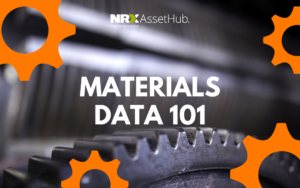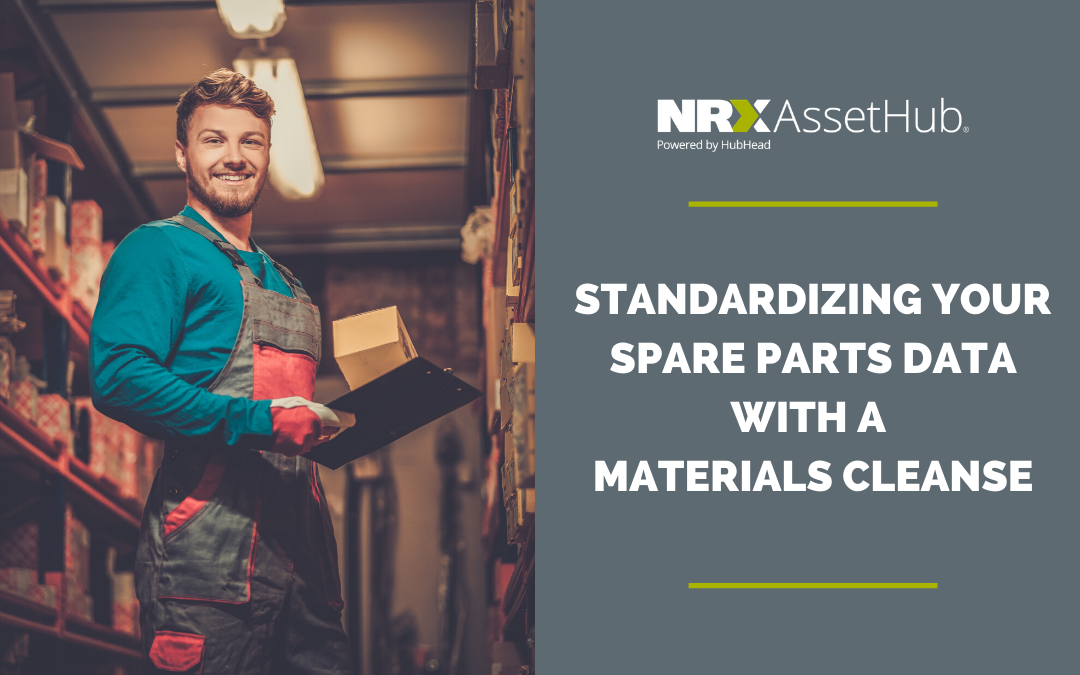Standardizing your spare parts
Poor standardization within your EAM system can be costly. Unfortunately, this issue becomes hard to correct when poor data quality makes it difficult to distinguish between “good” and “bad” materials data. Knowing which materials’ names, descriptions, or classifications are the most accurate is key to making these conventions part of a larger standard that can be implemented across all your EAM systems. When you don’t know what kind of materials data in your EAM system is trustworthy, creating reports, reviewing analytics, and making informed decisions about your materials becomes harder. Think about it: how can you assess your data when there are no strong standards to assess it against?
The process of standardizing your spare parts data relies on a foundation of reliably cleansed data. Standardizing your spare parts data enables you to classify parts, create strong naming conventions, and validate existing parts descriptions in a way that is more meaningful. In turn, this can make a positive difference when adhering to international data standards, like ISO 55000 for asset management. Not only can cleansing and standardizing your data improve the efficiency with which it is handled, it also making communicating and collaborating across teams and sites much easier. We can think of standardization as an interpreter that ensures everyone is speaking about spare parts in the same language.
Professionals have standards
The new processes that are a result of your organization’s improved standards can be tricky to implement. What may be even more tricky is undergoing a necessary materials cleanse before those standard processes can even be integrated. However, a materials cleanse can be truly invaluable, and it does more than just improve your data standards. Check out one of our resources below to learn more, or book a demo with us to meet the maintenance and reliability professionals who can help you upgrade your standards.
Materials Data 101

Optimizing Spare Parts Management

Knowing Your Spare Parts Dictionary from A to Z

Share this article

